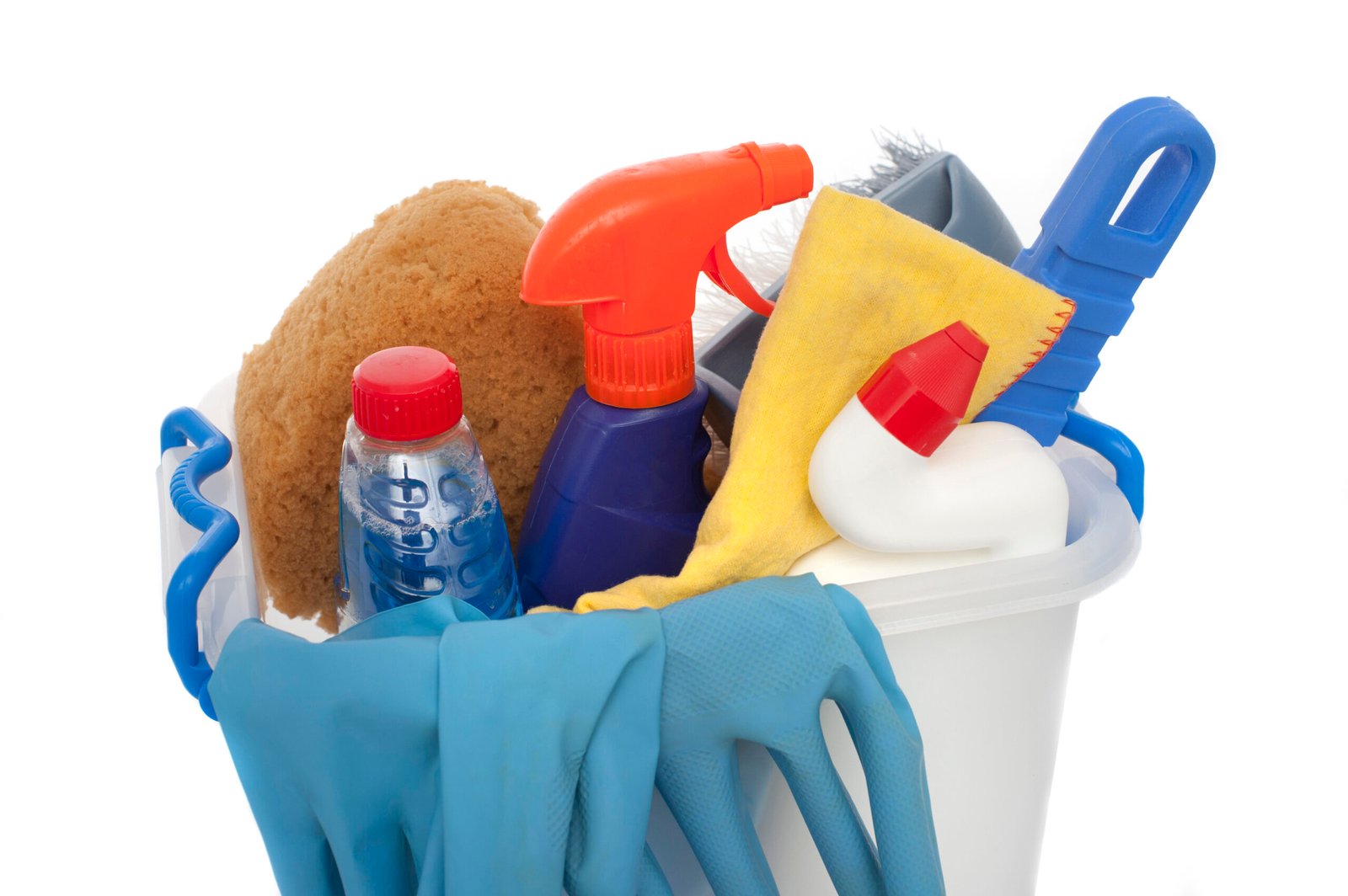Table of Contents Show
Carpets offer warmth and elegance to our living spaces and act as dust, grime, and stain magnets. Regular cleaning is required to keep their beauty and lifespan. While vacuuming is an excellent surface cleaning approach, it may not remove tenacious stains, deeply ingrained debris, or unpleasant odors. This is where carpet cleaning products can help. This article will investigate carpet cleaning chemicals’ various forms, constituents, and safe and practical applications.

Understanding Carpet Cleaning Chemicals
Carpet cleaning chemicals are carefully made cleaning and maintenance treatments. They come in various forms, including sprays, powders, shampoos, and concentrates. These chemicals dissolve grime and stains, allowing them to be easily removed. Carpet cleaning chemicals are classified into three types:
Detergents
The most frequent form of cleaning chemical is carpet detergent. They contain surfactants, which aid in breaking grime and oil-based stains. Most carpets are safe to use using detergents, which are available in concentrated and ready-to-use versions.
Solvents
Carpet cleaning products based on solvents are good at removing oil, grease, and other tough stains. They function by dissolving the stain, making blotting or extracting easier. Solvent-based cleaners, on the other hand, should be used with caution because they can have strong scents and be harsh on specific carpet fibers.
Enzyme Cleaners
Carpet cleaning solutions based on enzymes are excellent for removing organic stains such as pet accidents or food spills. Enzymes in these cleaners break down organic stuff, removing the stain and the odor. Enzyme cleaners are generally regarded as safe and eco-friendly.
Read Also:
Ingredients and Safety Considerations
Carpet cleaning chemicals contain various substances that add to their cleaning effectiveness. However, knowing the potential risks and safety concerns linked with its use is critical. The following are some standard components found in carpet cleaning chemicals:
Surfactants
Surfactants lower water’s surface tension, allowing it to penetrate and lift particles from carpet strands. While most surfactants are biodegradable, some are hazardous to aquatic life and may cause skin discomfort. Look for products that use environmentally friendly surfactants.
Solvents
Oil-based stains can be effectively removed with solvents such as ethanol or isopropanol. They are, however, combustible and have potent scents. When using solvent-based cleansers, adequate ventilation is essential, and open flames or sparks should be avoided.
Enzymes
Natural enzymes are used in enzyme-based cleansers to break down organic stains. These cleaners are typically safe to use, although people allergic to specific enzymes should be cautious. Enzymes may also lose their function when exposed to high temperatures.
Fragrances and Dyes
Many carpet cleaning products contain fragrances and dyes to leave a pleasing scent or color after cleaning. While these chemicals are typically safe, some people may experience allergic reactions. If sensitivity is an issue, look for fragrance-free or dye-free solutions.
Tips for Properly Applying Carpet Cleaning Chemicals
Properly applying carpet cleaning chemicals is critical to achieving effective and safe cleaning outcomes. Here are some pointers to keep in mind when utilizing carpet cleaning chemicals:
Always Read and Carefully Follow the Directions
Always read and carefully follow the product label’s manufacturer’s instructions. Different carpet cleaning chemicals may have additional usage instructions, dilution ratios, or application procedures.
Perform a Patch Test
Before applying any carpet cleaning chemical to the entire carpet, perform a patch test in a small, inconspicuous area. This will allow you to assess whether or not the product is compatible with your carpet and whether or not it generates any adverse reactions, such as staining or fiber damage.
Pre-Vacuum the Carpet
Before using any cleaning chemicals, it is critical to vacuum the carpet thoroughly. Vacuuming removes loose dirt, debris, and pet hair from the carpet, allowing the cleaning chemical to work more effectively on the stains or embedded filth.
Use the Right Amount
Do not oversaturate the carpet with the cleaning chemical. Use the prescribed dilution ratios and the appropriate amount of solution to avoid excessive wetness and any damage to the rug or underlying padding.
Apply equally
Distribute the cleaning chemical equally over the carpet area using a sprayer, sponge, or other implement. Work in small parts to ensure even coverage and to keep the solution from drying up before it has a chance to penetrate thoroughly and lift the dirt or stains.
Allow Dwell Time
Most carpet cleaning solutions require a certain amount of dwell time to break down dirt and stains efficiently. Follow the directions to calculate the suggested dwell time, when the solution should be left on the carpet, before moving on to the following procedure.
Agitate the Carpet
After the cleaning chemical has had enough time to work, gently agitate the carpet using a soft-bristle brush or a carpet cleaning machine equipped with a rotating brush attachment. This helps to loosen and lift dirt and stains from carpet fibers, which improves the cleaning process.
Blot or Extract
Depending on the type of carpet cleaning chemical and the procedure indicated by the manufacturer, blot the treated area with a clean, white cloth or extract the solution along with the loosened dirt and stains with a carpet cleaning machine. Follow the appropriate technique’s instructions.
Rinse Thoroughly (If Required)
Some carpet cleaning solutions may require rinsing to eliminate residue. If rinsing is needed, thoroughly rinse the carpet after washing it with clean water or a neutralizing solution. This process prevents the accumulation of sticky residue and keeps the carpet fibers clean.
Proper Ventilation and Drying
To facilitate rapid drying, ensure proper ventilation in the area being cleaned. To aid in drying, open windows, utilize fans, or put on air conditioning. To avoid re-soiling and maintaining the freshness of the recently cleaned carpet, avoid stepping on it until it is totally dry.
By following these suggestions, you can maximize the efficacy of carpet cleaning chemicals and obtain remarkable cleaning results while maintaining the condition of your carpets.
Wrapping Up
Carpet cleaning chemicals help keep carpets clean and lasting longer. Understanding the various types of cleaning agents, their constituents, and safety issues is critical for getting effective results while protecting your family and the environment. You can have fresh, clean, and visually appealing carpets that enhance the overall appearance of your living areas by picking the appropriate carpet cleaning chemicals and utilizing them correctly. To get the most out of these powerful cleaning products, prioritize safety, read product labels, and follow the manufacturer’s directions.










